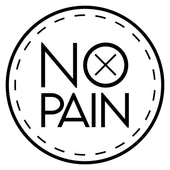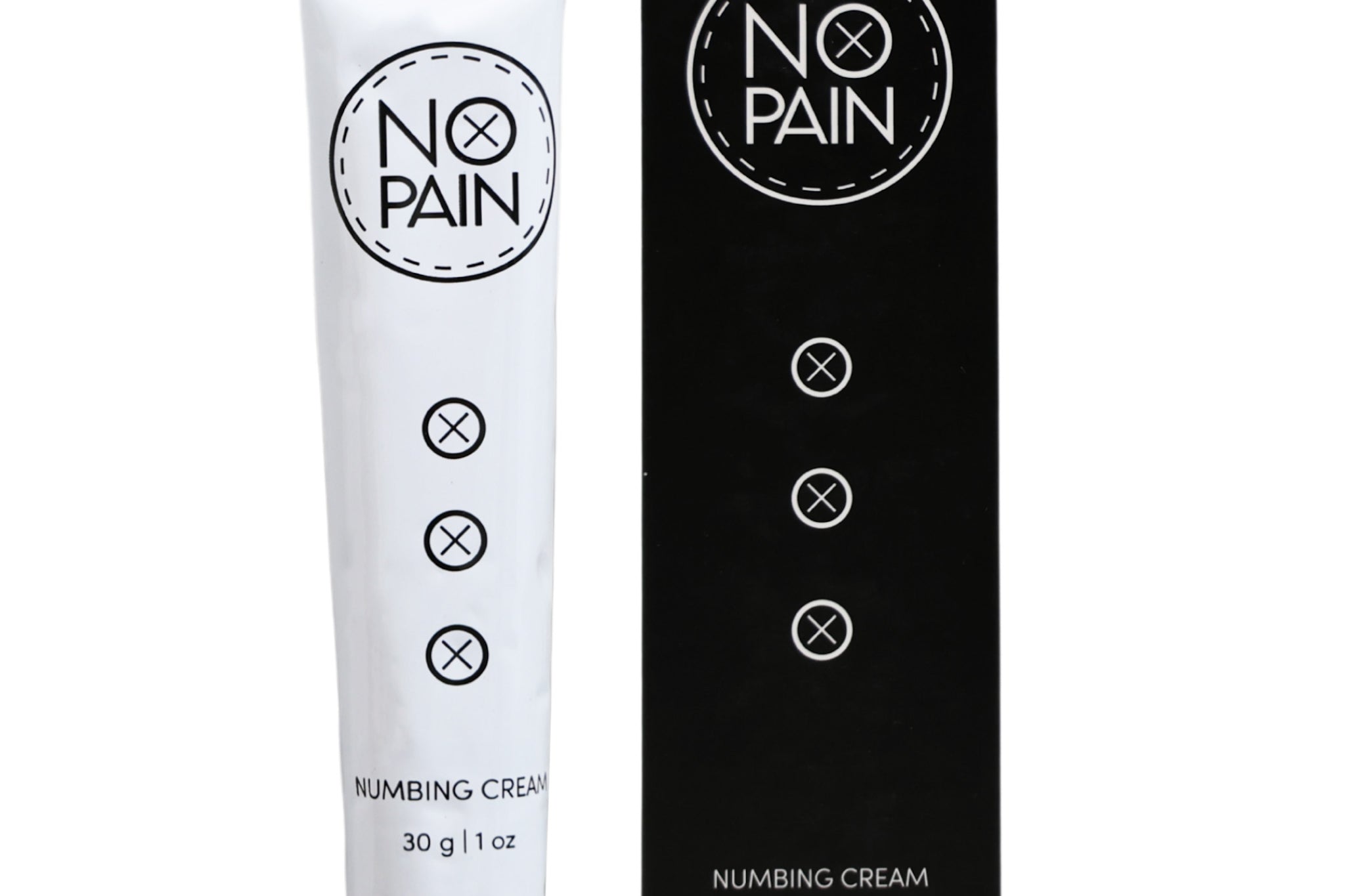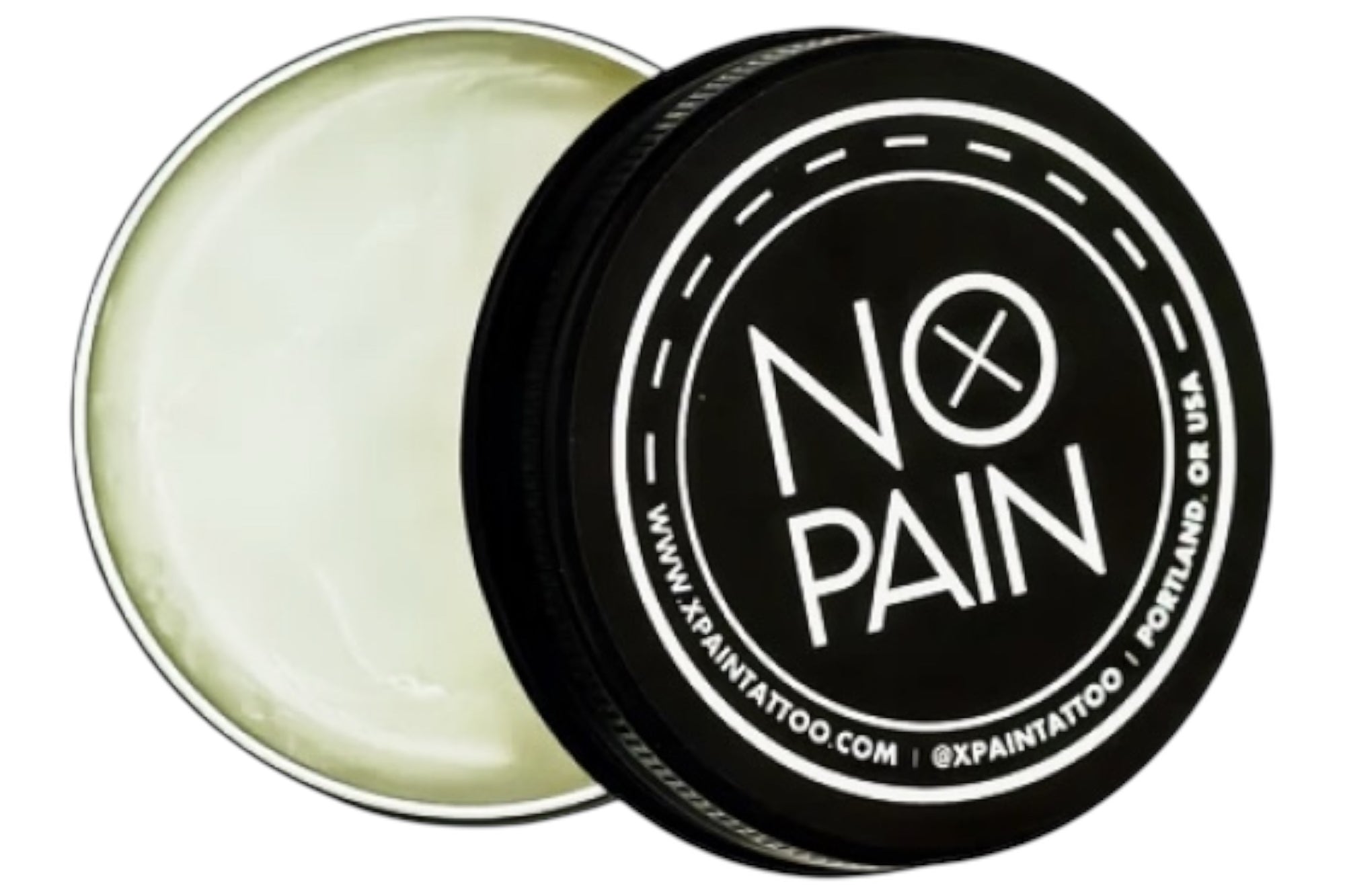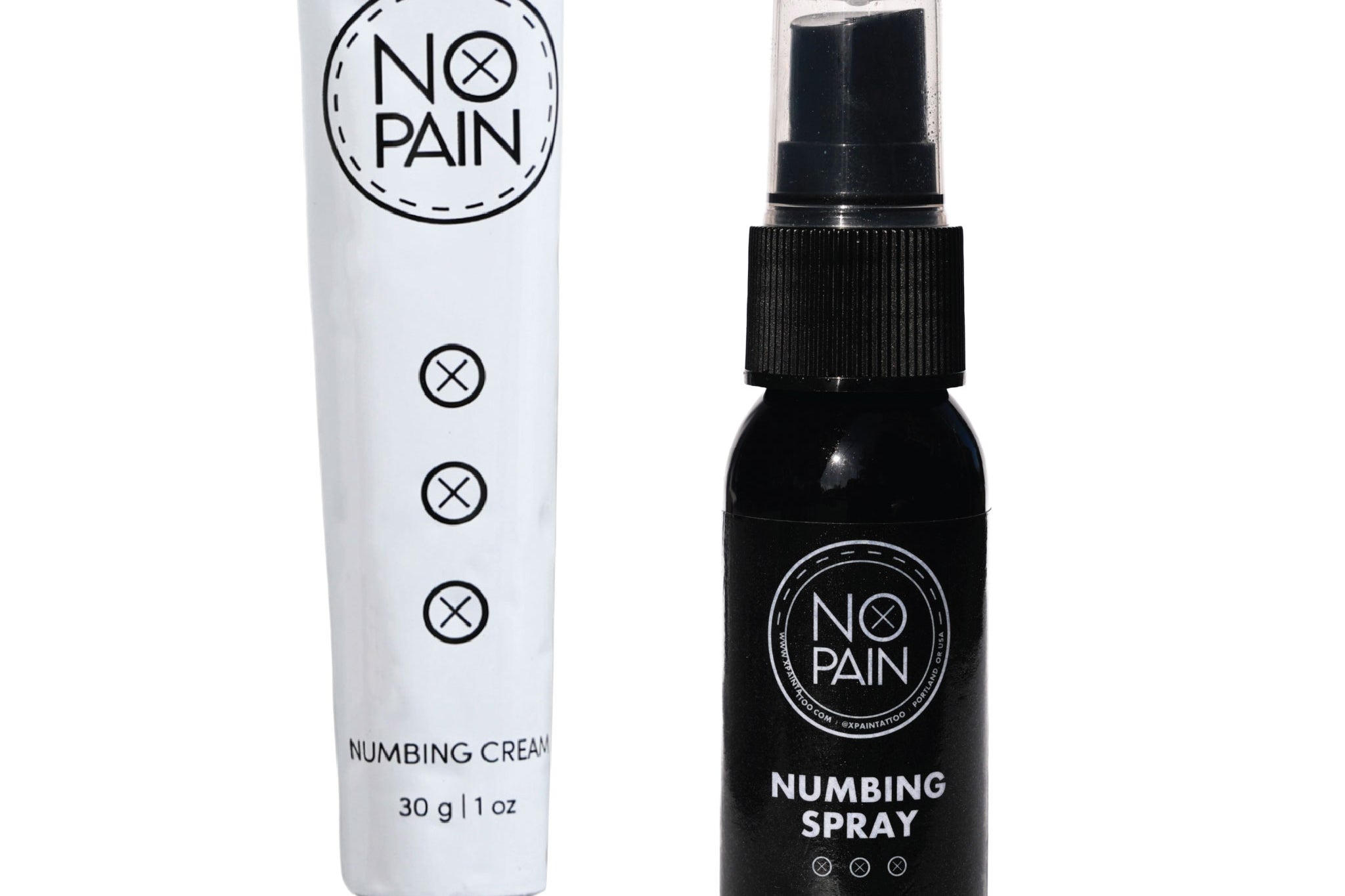You're in a professional tattoo studio, ready for your session. You see your artist meticulously preparing their workspace, tearing open sterile packages and carefully arranging their tools. This pre-session ritual is one of the most critical parts of the entire tattoo process, and it's a clear indicator of a true professional.
But what are they actually doing? How do artists set up their station to ensure a safe, sterile, and successful tattoo? Understanding this process is key to appreciating the high level of care that goes into your art and knowing what to look for in a safe studio.
The Foundation: A Clean and Disinfected Environment
Before a single tool comes out, the artist's entire station—the chair, the armrest, the side tables, and the lamp—is thoroughly disinfected with a hospital-grade virucidal cleaner. This creates a clean foundation for the sterile field.
Step 1: The Art of the Barrier
This is the most visible sign of a safe setup and the first line of defense against cross-contamination. The artist will cover every single surface they might touch during the session with a disposable plastic barrier.
-
What's covered: You will see them wrap their tattoo machine, the clip cord that powers it, any squeeze bottles (for soap or water), and the power supply in single-use plastic bags. The client chair and armrest will also be wrapped.
-
Why it matters: This ensures that no part of the reusable equipment ever makes direct contact with your skin or the artist's gloves during the session.
Step 2: The Sterile, Single-Use Setup
Every item that comes into direct contact with you or the ink must be brand new, sterile, and single-use for each client. Your artist should open these items from their sealed, sterile packages in front of you.
-
The Needles: The tattoo needles (or needle cartridges) are the most critical single-use item.
-
The Ink Caps: The artist will place small, new ink caps on their station and dispense a fresh amount of ink for your session only. An artist should never, ever dip a needle directly into a large, communal ink bottle.
-
Other Tools: This also includes items like razors for shaving the area, paper towels, and tongue depressors for applying ointment.
Step 3: The Artist's Personal Protective Equipment (PPE)
The final step is the artist preparing themselves. They will wash their hands thoroughly and put on a new pair of disposable medical gloves. A great artist is an expert at avoiding cross-contamination. If they need to touch something non-sterile during the session (like their phone or a drawer handle), they must immediately remove their gloves, re-wash their hands, and put on a fresh pair.
From a Professional Setup to a Professional Heal
An artist's commitment to a sterile setup is their promise of a safe procedure. Your commitment to a sterile healing process is how you uphold your end of the partnership. The tattoo aftercare for your new, sore tattoo begins the moment you leave the studio.
-
A professional aftercare routine is the best way to prevent infection during the vulnerable tattoo healing stages. Our No Pain Tattoo Aftercare Bundle provides the complete system you need. The No Pain Tattoo Cleansing Foam will keep the area clean, and the No Pain Tattoo Aftercare Balm will ensure it heals vibrantly.
The Verdict: A meticulous station setup is a clear sign of a professional artist who values your health and the quality of their work. By understanding these essential steps, you can feel confident and secure in your choice of artist and studio.



